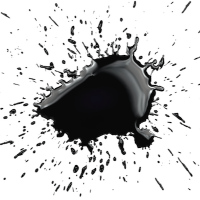
Uruguay
Contemporary Art in Uruguay is a dynamic and evolving field, reflecting the country's rich cultural heritage and innovative spirit. Uruguayan artists, through various mediums such as painting, sculpture, and digital art, explore themes ranging from political commentary to social issues and personal experiences. Institutions like the National Museum of Visual Arts in Montevideo have been instrumental in fostering this growth. Uruguayan contemporary art, thus, serves as a powerful platform for dialogue and expression, pushing boundaries and challenging conventions.
Show All
- Show All
- Established
- Discoveries
Show All
ARTWORKS RELATED TO URUGUAY

Cyanotype is a photographic technique that creates images in shades of blue, commonly known as blueprints. It involves coating a surface with a mixture of two chemicals, typically ferric ammonium citrate and potassium ferricyanide. When exposed to UV light and then washed in water, the process produces white images on a deep blue background.

India ink is a medium made from fine soot, known as lampblack, combined with water and a binder, usually shellac, to create a black, waterproof ink. It has been used in India since the 4th century BC. Artists use India ink for writing, drawing, and painting due to its deep black color and permanence.








